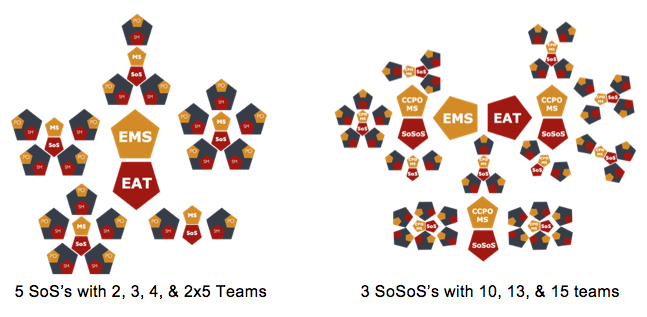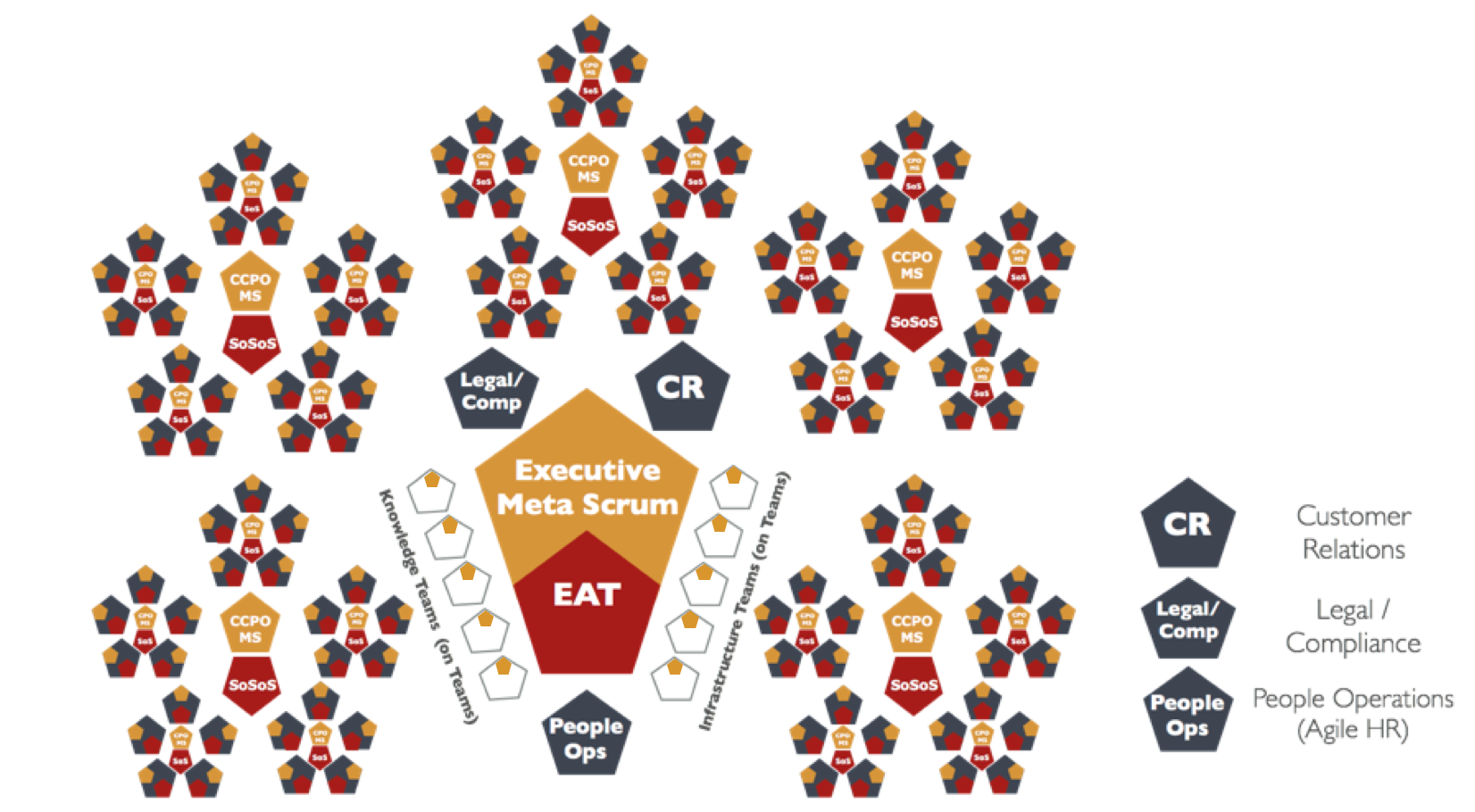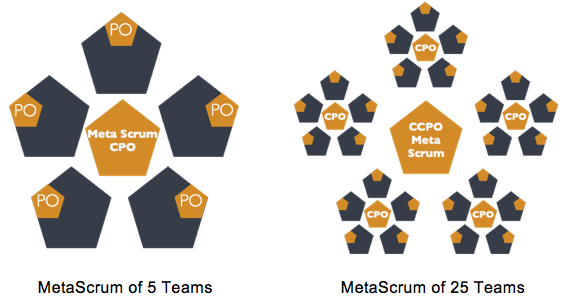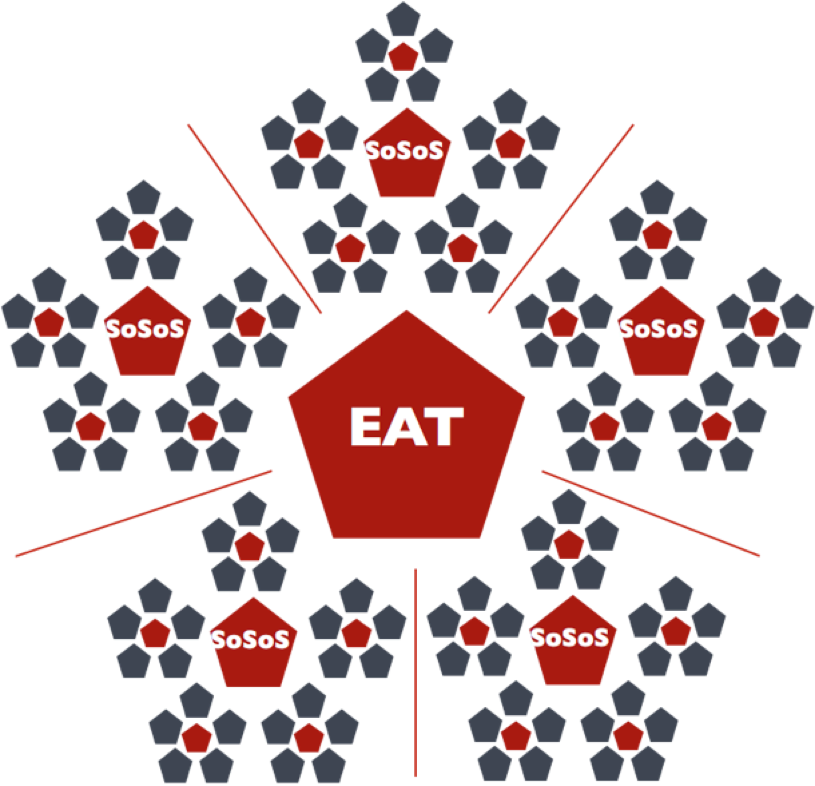THE SCALING PATTERNS LIBRARY

Also known as: If applicable
Related challenges: Process challenge, Communication challenge
Description
When to Use
When there is an existing “Team of Teams” that need to coordinate to achieve a short-term objective, such as a Sprint goal.
When Not to Use
When several disconnected teams need to deliver sprint objectives with few to no dependencies on other teams.
Strengths
Weaknesses
How to Use
Here’s one way to apply this pattern:
1. Identify one or more individuals who are strong in agile and your preferred framework.
2. Persuade them to participate in your agile scaling effort.
3. Form a team around these individuals.
4. Support the team in their efforts to become proficient (successful).
5. Once the first team is successful, form a second team, repeating the model until the entire organization has reached your desire level of agility.
How Not to Use
Your content goes here. Edit or remove this text inline or in the module Content settings. You can also style every aspect of this content in the module Design settings and even apply custom CSS to this text in the module Advanced settings.
A Working Example
At a large US government organization, an organization new to agile identified two individuals with prior experience with Scrum and recruited three others. They formed the first Scrum team at the organization. Once the team had completed six Sprints and was successfully delivering a working product, the organization added a second team by identifying one more experienced individual and recruiting five more from other agencies. They repeated this model until they had give teams, sufficient for a Scrum-of-Scrums.
Contributor
Your content goes here. Edit or remove this text inline or in the module Content settings. You can also style every aspect of this content in the module Design settings and even apply custom CSS to this text in the module Advanced settings.




